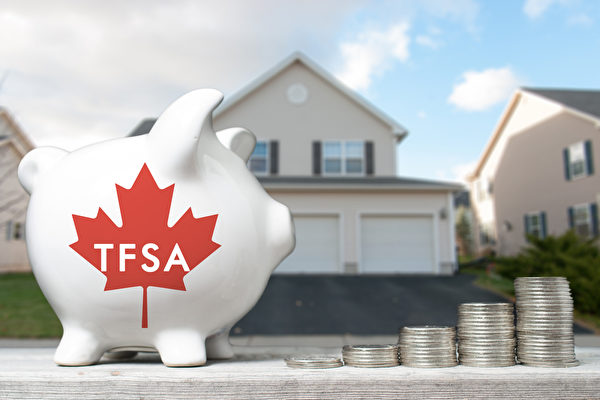+1 604-285-1886
KATHERINE SUN CPA INC.
Resources
Staying current is important for our business and yours. These tax publications and resources are provided for your use. If there is information or issues that you need clarified, don’t hesitate to contact us.

Canada’s tax-free savings account (TFSA) is one of the most generous finance tool to investors: interest, dividends and capital gains can grow tax-exempt, and there’s no tax on withdrawals. A Tax-Free Savings Account (TFSA) is a great tool to build wealth for most Canadians while paying less tax. Although there are many benefits to investing in a TFSA, some TFSA blunders will trigger harsh penalties from the Canada Revenue Agency (CRA), or at least unravel the benefits of tax-free investing.
Here are the most costly TFSA mistakes to avoid.
Avoid making a withdrawal and replacing the withdrawal in the same year.
You can make a withdrawal from your TFSA at any time without tax consequences. However, a withdrawal does not reduce contributions made during the year. Rather, the amount withdrawn will only be added back to your TFSA contribution limit the following calendar year. This means if you withdraw an amount from your TFSA it cannot be re-contributed in the same year unless you still have existing contribution limit available.
Keep track of your contributions to avoid costly penalties.
Because the TFSA is easy to set up and offered by various financial institutions, it is common for people to have multiple TFSA accounts. But this can make it difficult to track contributions and ultimately increases the risk of making overcontributions. Especially if you withdraw and would like to re-deposit money into these accounts in the same year as explained above.
Contributions made while outside Canada.
It’s OK to maintain investments inside a TFSA account in Canada if you live, work or study medicine abroad, but be aware that any new contributions made while you are considered a non-resident of Canada may be subject to a tax penalty of 1% per month. If you withdraw money from a TFSA while residing abroad, there’s no penalty in Canada — but you may be subject to foreign taxation. Note that any amount withdrawn while you were a non-resident will be added back to your TFSA contribution room in the following year, but won’t be available until you re-establish Canadian residency.
Prohibited and non-qualified investments
TFSAs allow a wide range of qualified investments, but there are some general restrictions. For instance, prohibited investments include any property that you’re closely connected to — say, shares of a company or a partnership in which you have a significant interest (10% or more). This can trigger not one but two special taxes: 50% on the value of the investment; and 100% on any income or capital gains derived from the investment.
Think twice about investing in a TFSA if you’re a U.S. taxpayer
The Internal Revenue Code in the United States gives no special status and does not recognize a Canadian TFSA as a tax-free or tax-deferred account for U.S. tax purposes. For this reason, while TFSAs have many benefits for Canadians, TFSAs should generally be avoided if you are also a U.S. taxpayer.
Foreign dividend earners
There may be tax implications if you allocate an outsized proportion of assets to foreign-dividend-paying stocks inside a TFSA, as this dividend income may be subject to withholding taxes by foreign governments. Because this income is not subject to Canadian tax – as it is held within a TFSA - there is no opportunity to claim a foreign tax credit to recover the foreign tax paid.
Day trading in a TFSA
Be aware that high-frequency or aggressive day trading may draw the attention of CRA auditors. If a TFSA account is determined to be used for “carrying on a business,” all gains could end up being taxed as business income.